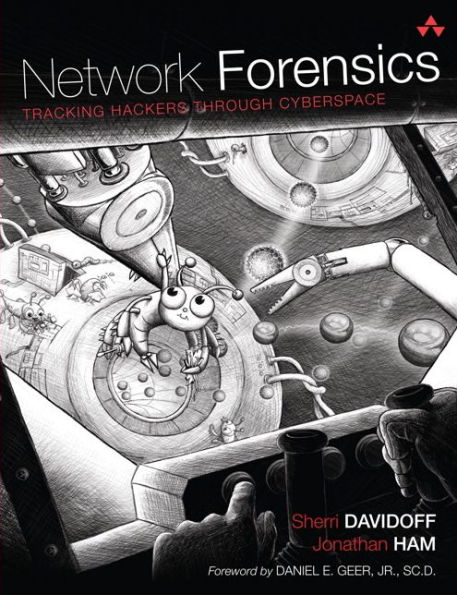5
1
9780132564717



Network Forensics: Tracking Hackers through Cyberspace / Edition 1 available in Hardcover, eBook

Network Forensics: Tracking Hackers through Cyberspace / Edition 1
- ISBN-10:
- 0132564718
- ISBN-13:
- 9780132564717
- Pub. Date:
- 06/13/2012
- Publisher:
- Pearson Education
- ISBN-10:
- 0132564718
- ISBN-13:
- 9780132564717
- Pub. Date:
- 06/13/2012
- Publisher:
- Pearson Education

Network Forensics: Tracking Hackers through Cyberspace / Edition 1
$76.99
76.99
In Stock

Product Details
| ISBN-13: | 9780132564717 |
|---|---|
| Publisher: | Pearson Education |
| Publication date: | 06/13/2012 |
| Edition description: | New Edition |
| Pages: | 576 |
| Product dimensions: | 6.90(w) x 9.20(h) x 1.40(d) |
About the Author
From the B&N Reads Blog

